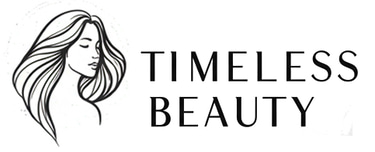Top Beauty Trends for 2025: Neurocosmetics and AI skin diagnostics
Explore the six major shifts in beauty for 2025-2026, including AI skin diagnostics, lab-grown actives, and neurocosmetics. Discover how these trends will impact brands and beauty enthusiasts alike, promoting minimalist and eco-friendly routines.
TRENDS AND INNOVATIONS
5/26/20253 min read
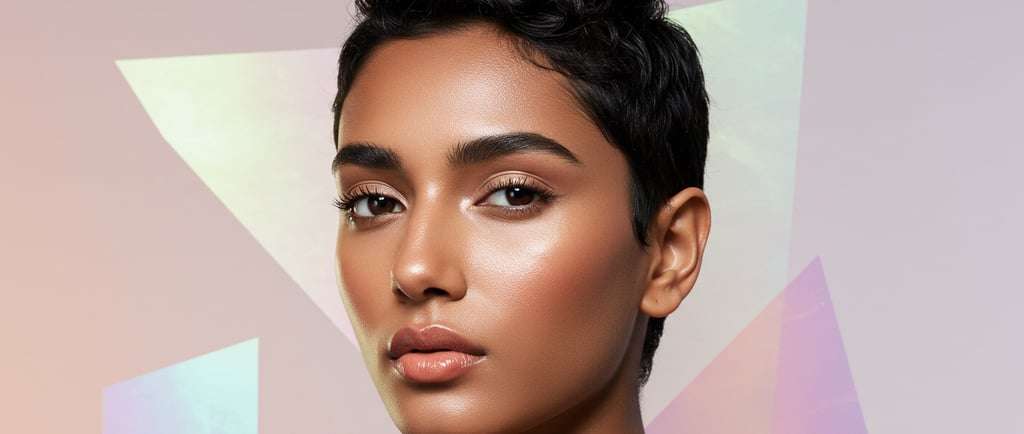

From lab benches to bathroom cabinets, beauty is moving faster than ever. Here are the six macro‑trends researchers, analysts, and brand founders say will redraw the industry over the next two years.
1. AI‑Powered Hyper‑Personalization Goes Mainstream
Smart mirrors, selfie‑scanning apps, and retailer kiosks are shifting from novelty to standard skincare triage. Brands are feeding millions of annotated images into computer-vision models that grade pores, pigmentation, and wrinkles, then automatically build routines or even 3D-print custom serum capsules on the spot. Analysts at Beauty Independent name AI personalization the most‑watched growth lever for 2025 as consumers demand data‑proven results before they buy.
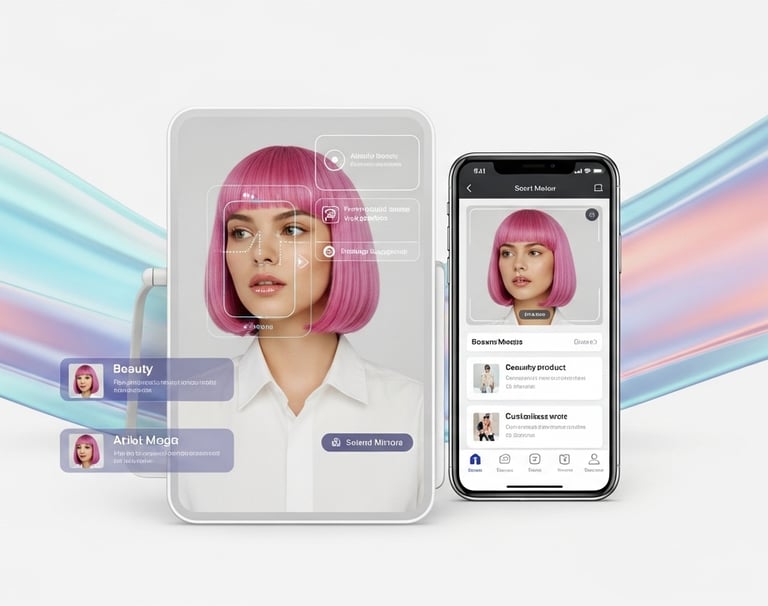

2. Biotech Ingredients Replace the Supply Chain
Think lab‑grown collagen, fermentation‑derived squalane, and exosome serums that turbo‑charge cellular repair. The biotech wave promises higher purity, lower carbon footprints, and fewer endangered botanicals harvested for actives. Industry trackers highlight “vegan collagen” and exosomes as breakout stars for 2025 product launches.
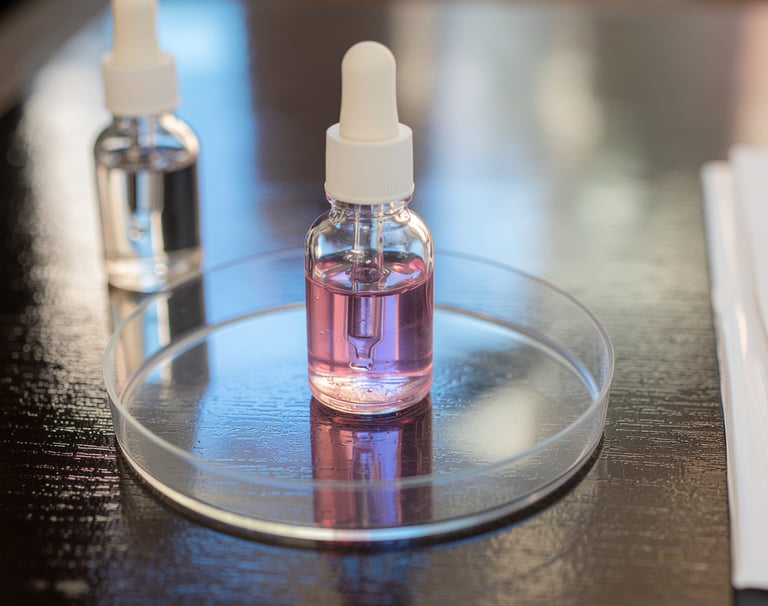

3. Neurocosmetics Tap the Skin‑Brain Axis
Formulators are embedding neuropeptides, mood‑modulating aromatics, and gentle neurosensory actives to dial down stress hormones and boost feel‑good neurotransmitters in skin and hair. Market studies project the neurocosmetics category to grow roughly 8 % CAGR through 2030 as consumers link mental wellness and complexion health. Mintel has already tagged it a key global trend for 2025.


4. Waterless, Solid, and Concentrated Formats Surge
With drought headlines and carbon reporting now top of mind, brands are stripping H₂O from formulas and shipping lightweight bars, powders, and solid “sticks.” Research firms value the waterless beauty market at ~USD 29 billion by 2034, citing strong North American demand for ecologically minded products. Expect concentrated cleansers, solid shampoos, and tablet serums to dominate new‑product shelves.
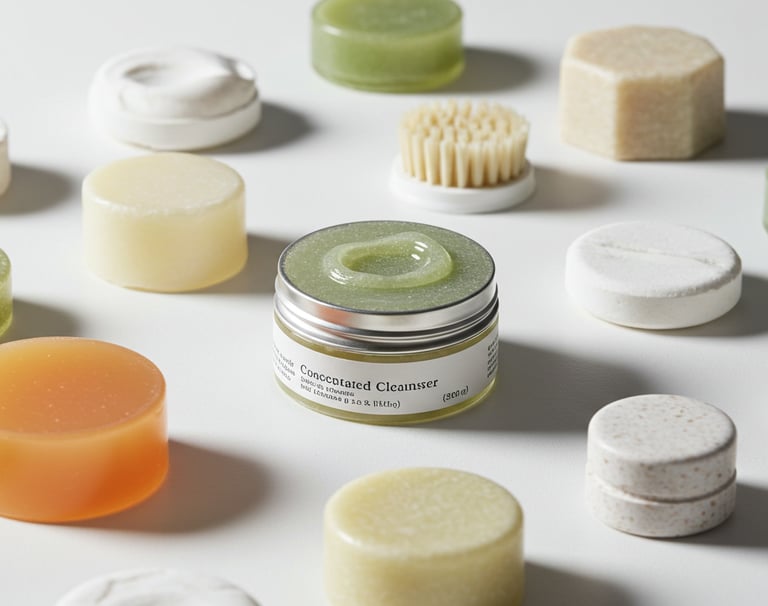

5. Beauty‑as‑Wellness: Ingestibles & Functional Fragrance
The line between supplement aisle and vanity is blurring. Collagen peptides now pair with nootropics for “skin + brain” gummies, while functional fragrances promise focus or calm via olfactory‑triggered neuromodulation. Personal‑care R&D firm Lygos flags “functional fragrance” and gut‑skin harmony as top 2025 personal‑care plays.
6. Radical Inclusivity & Skinimalist Routines
Consumers want fewer steps, more purpose, and products that honor age, shade, and skin‑condition diversity. Founders surveyed by Beauty Independent predict minimalist, multifunctional formulas will replace 10‑step regimens, while pro‑aging language (“skin longevity,” not “anti‑age”) continues to replace wrinkle‑shaming copy. Inclusive shade ranges are non‑negotiable for color lines entering 2026.
What It Means for Brands & Shoppers
For companies, winning 2025–26 means investing in data science, biotech supply chains, and planet‑positive packaging while speaking to holistic health and radical inclusivity. For shoppers, it points to simpler routines, smarter diagnostics, and products that care for both planet and mood as much as skin.
Sleep on these trends—if you can—and you’ll wake up to a very different beauty aisle in the next 24 months.
